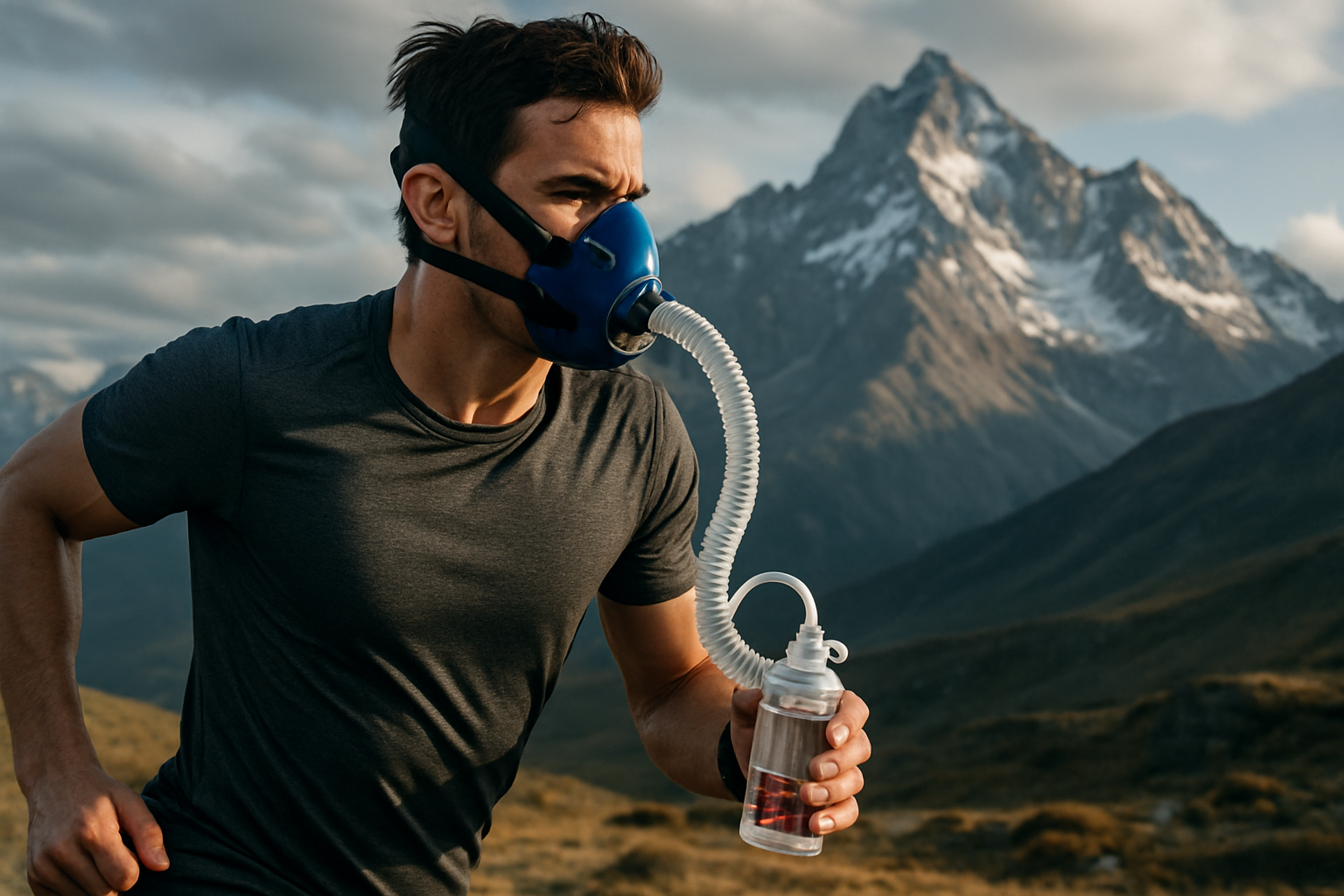Using wearable data to monitor cardio improvements
Wearable devices can provide a steady stream of cardio-related data that helps people track progress in endurance, stamina, and recovery over weeks or months. This article explains practical ways to interpret heart rate, intervals, mobility metrics, and nutrition signals to see real-world improvements.

Wearable devices—smartwatches, chest straps, and fitness bands—offer accessible metrics for monitoring cardio improvements over time. By consistently tracking heart rate trends, training load, and session recovery, you can move beyond subjective impressions and observe measurable changes in endurance and stamina. This approach works for home workouts and outdoor sessions alike and helps inform progression and low-impact planning.
This article is for informational purposes only and should not be considered medical advice. Please consult a qualified healthcare professional for personalized guidance and treatment.
How do wearables measure cardio and heartrate?
Most wearables estimate heart rate using optical sensors (PPG) or electrical sensors in chest straps. These sensors supply continuous heart rate, resting heart rate, heart rate variability, and sometimes estimated VO2 metrics. Understanding sensor limitations matters: wrist-based PPG can be less accurate during high-motion intervals, while chest straps generally provide cleaner signal for intense efforts. Use the same device consistently to reduce variability and focus on trends rather than single-session values.
Alongside raw heart rate, many wearables calculate derived measures such as training zones, calories burned, and stress scores. These can contextualize a session—showing how long you spent in aerobic versus anaerobic zones, or whether a recent day had a high training load. Treat these derived metrics as tools to guide programming rather than definitive measures of fitness.
Can data track endurance and stamina progression?
Progression shows up in subtle shifts: lower average heart rate for a given pace, increased time spent in aerobic zones, and faster recovery to baseline after intervals. Tracking run or bike pace against heart rate over weeks reveals improvements in endurance: if you sustain a target pace with lower heart rate, your cardiovascular efficiency has likely improved. For non-distance activities, monitor session duration at moderate intensity and whether perceived exertion decreases for the same heart rate.
To quantify stamina, set repeatable tests—such as a fixed-effort 20-minute workout or time-to-fatigue at a set heart rate—and log results consistently. Combine wearable metrics with subjective notes (RPE, how the session felt) and external factors like sleep to create a fuller picture of progress and avoid misinterpreting temporary fluctuations.
How to use intervals and lowimpact sessions effectively?
Interval training is a practical way to boost both aerobic and anaerobic capacity. Wearables help by timing effort and recovery phases, measuring peak heart rate during sprints, and documenting how quickly heart rate drops during recovery intervals. Use short high-intensity intervals followed by active recovery to raise VO2 max potential, and monitor improvements by comparing peak outputs or split times across sessions.
Low-impact cardio—cycling, swimming, or elliptical work—reduces joint stress while maintaining training stimulus. Wearables provide consistency across modalities: track total training load, minutes in key zones, and session frequency. Integrate low-impact days as active recovery, ensuring you maintain mobility and flexibility work alongside cardiovascular training to support sustainable progress.
How to monitor recovery, mobility, flexibility?
Recovery metrics from wearables include heart rate variability (HRV), sleep quality, and resting heart rate trends. Higher HRV and stable or lower resting heart rate often indicate better recovery and readiness for harder sessions. Pair these signals with mobility and flexibility checks—simple movement screens or range-of-motion notes recorded after workouts—and adjust training intensity when recovery indicators are poor.
Consistency in tracking recovery helps prevent overtraining. If HRV drops and sleep quality is poor for multiple days, reduce interval volume and emphasize low-impact aerobic sessions, stretching, and mobility drills. These adjustments preserve long-term endurance and protect against injury by maintaining flexibility and joint health.
Using wearables for homeworkout and outdoor fitness
Wearables bridge home and outdoor workouts by offering consistent metrics across environments. For home workouts, monitor heart rate response during bodyweight circuits or indoor cycling to ensure sessions hit intended zones. For outdoor training, combine GPS-derived pace and elevation with heart rate data to understand how terrain affects cardiovascular load. Journaling conditions—weather, surface, or equipment—helps interpret differences between indoor and outdoor performance.
Many devices sync to training platforms where you can review weekly volume, zone distribution, and progression charts. Use those summaries to schedule a mix of steady aerobic sessions, interval days, and active recovery, tailoring plans to available equipment and whether workouts are homeworkout routines or outdoor excursions.
How nutrition and long-term progression tie in?
Nutrition influences energy availability, recovery rate, and overall training adaptations. Wearables can hint at nutrition impacts when combined with logs: a series of low-energy sessions or elevated resting heart rate after poor fueling may indicate insufficient calories or inadequate macronutrients. Track hydration, pre- and post-workout meals, and longer-term dietary patterns alongside wearable metrics to spot correlations with endurance and stamina changes.
Long-term progression relies on incremental overload—gradually increasing duration, intensity, or frequency—and on recovery and nutrition to support adaptation. Use wearable data to plan progressive steps: modest increases in weekly moderate-intensity minutes, periodic interval progression, and scheduled deloads informed by recovery metrics will encourage steady cardio gains without undue risk.
Conclusion
Wearable data offers practical, accessible ways to monitor heart rate, intervals, recovery, and overall progression in cardio training. Combining device metrics with consistent testing, mobility and flexibility checks, and thoughtful nutrition tracking produces a clear, evidence-informed picture of endurance and stamina improvements. Over weeks and months, those insights help shape balanced programs for both homeworkout routines and outdoor fitness sessions.






